Disclosure: This article contains affiliate links. We may earn a commission from purchases at no extra cost to you, which helps our travel content.
The Maasai Mara's golden grasslands stretched before me like nature's own canvas, painted with acacia trees and dotted with wildlife that seemed to pose specifically for my lens. As a Foreign Service Officer who's traveled through conservation zones across four continents, I can confidently say that Kenya's crown jewel offers unparalleled opportunities for wildlife photography. Last summer, I took a week away from diplomatic duties to immerse myself in this photographer's paradise, where the boundary between National Geographic documentaries and reality blissfully dissolves.
Preparing Your Gear for Safari Success
When photographing wildlife in the Maasai Mara, your equipment choices can make or break your experience. My diplomatic work has taught me the importance of preparation, and this applies doubly to safari photography.
First, invest in quality glass—a telephoto lens with at least 200-300mm reach is non-negotiable for capturing distant subjects without disturbing them. My telephoto zoom lens proved invaluable for frame-filling shots of lions and cheetahs without requiring our guide to approach too closely.
Dust protection is crucial in the Mara's dry environment. I keep my equipment in a waterproof camera bag during transit between locations, which has survived everything from sandstorms to unexpected rain showers. For quick lens changes in the field, I recommend a lens changing bag to create a protected environment.
Finally, don't underestimate the value of stability. While traditional tripods are cumbersome in safari vehicles, a bean bag draped over the vehicle's edge provides crucial stability during those golden hour shots when light is perfect but shutter speeds drop.

💡 Pro Tips
- Bring double the memory cards you think you'll need—the shooting opportunities are endless
- Pack lens cleaning supplies in a sealed container to protect them from dust
- Invest in a quality rain cover for your camera, as afternoon showers can appear suddenly
Mastering Light in the Mara
The quality of light in the Maasai Mara deserves its own diplomatic mission. The golden hours—those precious moments after sunrise and before sunset—transform the savanna into a photographer's dream canvas. During my week-long stay at luxury tented camp, I developed a rhythm that maximized these optimal lighting conditions.
Morning game drives should begin before dawn. As the first rays pierce the horizon, they cast long, dramatic shadows and bathe wildlife in a warm glow that adds dimension to your images. Position yourself with the sun at your back when possible, allowing subjects to be front-lit. I captured some of my most striking portraits of lions and elephants during these early hours, when they're also most active.
Afternoon brings harsh overhead light that challenges even seasoned photographers. Rather than fighting these conditions, I used this time to practice specialized techniques like silhouettes against the vast sky or to focus on behavioral photography where lighting is secondary to capturing the moment. By late afternoon, when the light softens again, I was ready for the 'golden hour' magic that makes the Mara famous.
Night photography presents another dimension entirely. With a red headlamp, I could navigate without disturbing wildlife while setting up for low-light shots that reveal the Mara's nocturnal secrets.

💡 Pro Tips
- Request a safari vehicle with removable roof panels for unobstructed upward shooting angles
- Carry a lightweight reflector to fill shadows in portrait-style wildlife photos
- Learn to read animal behavior to anticipate photographic moments before they happen
Conservation Through the Lens
My diplomatic work has taught me that true understanding requires context. Wildlife photography in the Maasai Mara isn't just about capturing beautiful images—it's about telling conservation stories that matter. During my time with local conservationists, I gained insights that transformed how I approach wildlife photography.
First, consider the narrative your images convey. Beyond aesthetic beauty, what conservation story are you telling? I spent one remarkable afternoon with researchers tracking collared elephants, learning how their migration patterns are affected by human development. This experience inspired me to create a photo series documenting not just the elephants, but their interaction with changing landscapes.
Second, ethical photography practices are non-negotiable. Maintain appropriate distances, never pressure guides to get closer than is safe for you or respectful to the animals, and follow park regulations without exception. My field guide helped me understand subtle signs of animal discomfort, ensuring I never caused stress to my subjects.
Finally, consider how your images might support conservation. I've shared my photographs with local conservation organizations, donated prints for fundraising, and use my diplomatic connections to raise awareness about the Mara's conservation challenges. Photography becomes more meaningful when it serves a purpose beyond personal satisfaction.
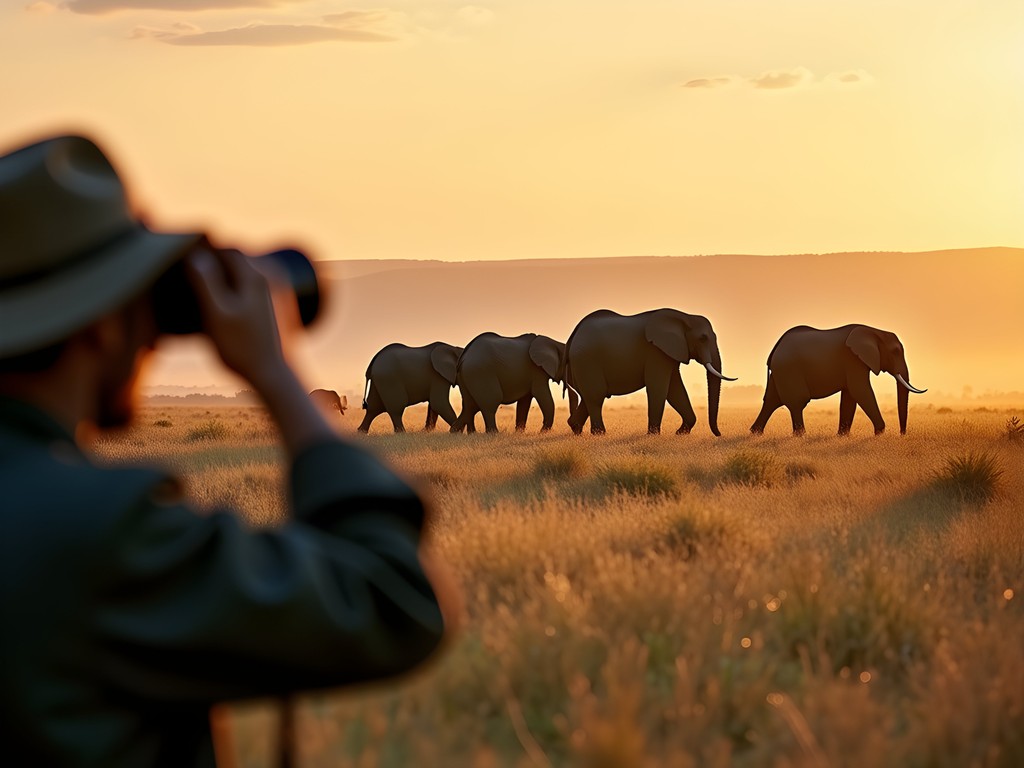
💡 Pro Tips
- Research conservation issues specific to the Maasai Mara before your trip
- Include environmental context in your compositions to tell more complete stories
- Connect with local conservation organizations who may value your images for their work
Beyond the Big Five: Unexpected Photographic Treasures
While lions, elephants, buffalo, leopards, and rhinos rightfully command attention, some of my most compelling images from the Maasai Mara feature subjects that tourists often overlook. As a diplomat, I'm trained to look beyond the obvious, and this skill serves photographers well in the field.
Bird photography in the Mara offers extraordinary opportunities. The reserve hosts over 450 bird species, from the striking lilac-breasted roller to massive martial eagles. I dedicated one entire morning to photographing birds, using my bird identification app to identify species and learn their behaviors. These shots often become favorites in my conservation presentations.
Insect macro photography reveals another world entirely. During midday when mammal activity slows, I switched to my macro lens to capture dung beetles, praying mantises, and butterflies. These smaller creatures tell equally important stories about the ecosystem's health.
Landscape photography might seem counterintuitive in a wildlife destination, but the Mara's topography—especially during dramatic weather—creates breathtaking scenes. I'll never forget photographing a distant thunderstorm illuminating a lone acacia tree at dusk, with a small herd of impala in silhouette. These environmental shots provide crucial context for wildlife images when sharing your safari story.
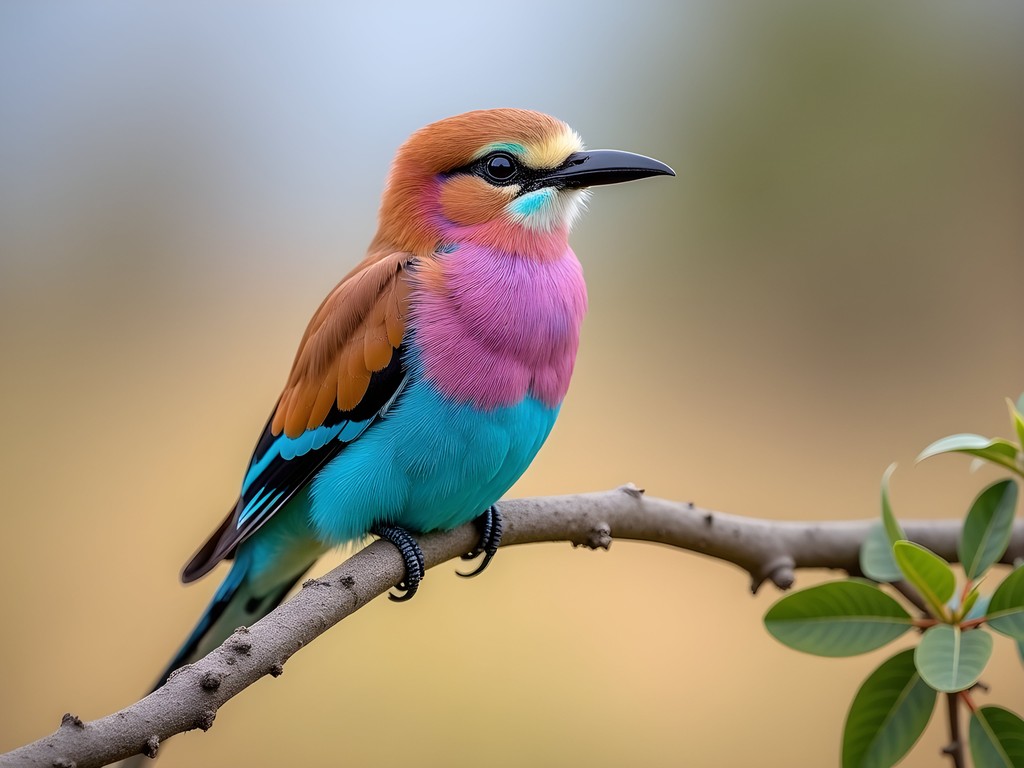
💡 Pro Tips
- Schedule specific times for non-mammal photography to ensure you don't overlook these opportunities
- Learn about keystone insect species before your trip to recognize important photographic subjects
- Include people (Maasai, guides, researchers) in some images to tell more complete conservation stories
Final Thoughts
As I packed away my gear on the final evening, watching the sun sink below the horizon in a blaze of orange and pink, I reflected on how the Maasai Mara had transformed both my photography portfolio and my perspective. Wildlife photography here isn't merely about technical skills or equipment—it's about patience, respect, and developing a conservationist's eye.
Whether you're capturing a cheetah at full sprint or a dung beetle patiently rolling its prize across the savanna floor, each image tells a story of this complex ecosystem. As travelers with cameras, we bear the responsibility of telling these stories truthfully and with purpose.
I encourage you to plan your own photographic safari to the Maasai Mara, not just to capture stunning images of the Big Five, but to develop a deeper connection with one of our planet's most precious wild spaces. And when you return home with memory cards full of images, share them in ways that inspire conservation action and appreciation. After all, in my diplomatic work and in photography, I've learned that the most powerful way to protect something is to help others fall in love with it too.
✨ Key Takeaways
- Morning and evening golden hours provide optimal lighting conditions for wildlife photography
- Ethical photography practices should always prioritize animal welfare over getting the 'perfect shot'
- Look beyond the Big Five to tell more complete stories of the Maasai Mara ecosystem
- Consider how your images can support conservation efforts beyond personal enjoyment
📋 Practical Information
Best Time to Visit
July to October (migration season)
Budget Estimate
$5,000-$8,000 for a week (luxury accommodations)
Recommended Duration
5-7 days minimum
Difficulty Level
Intermediate


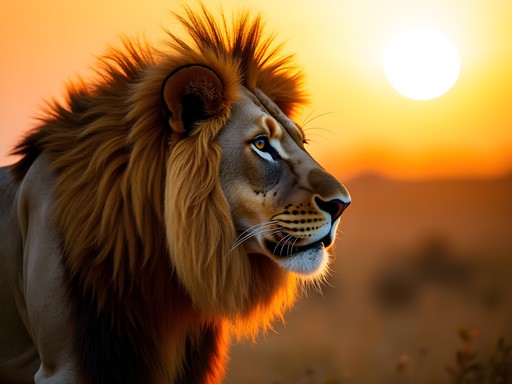
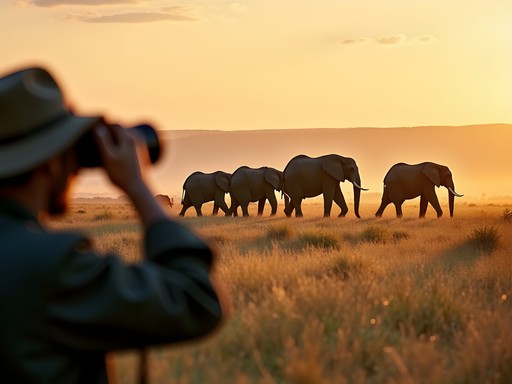
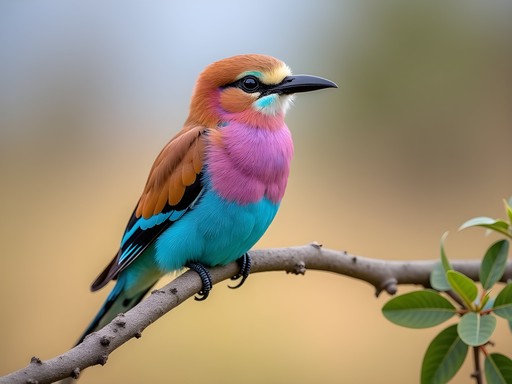








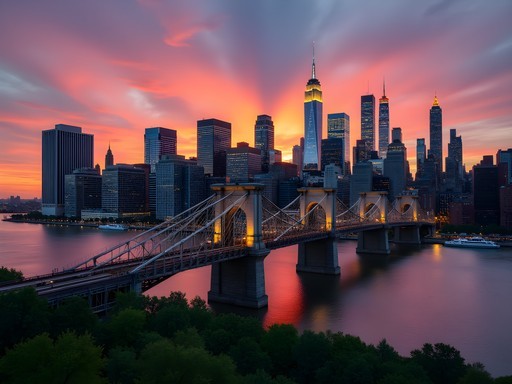
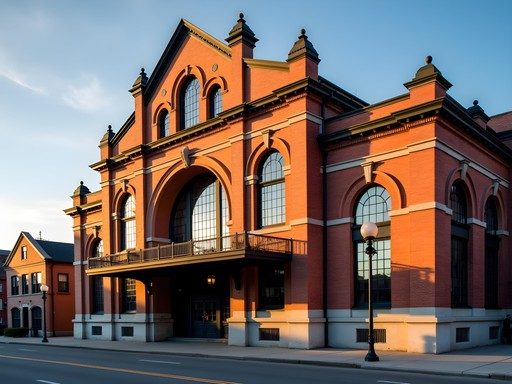
Comments
safarilover22
These photos are STUNNING! Serious wildlife photography goals!
cameraenthusiast
Just got back from the Mara last month and can confirm everything in this article! The tip about shooting from a lower angle made such a difference in my photos. One thing I'd add is to bring more memory cards than you think you'll need - I filled up 128GB in just two days! The leopard sightings were rare but when we found one in a sausage tree, I couldn't stop shooting. Savannah, did you manage to photograph any servals or caracals? Those were on my wish list but no luck this time.
freeway
Those memory card tips are so true! I always underestimate how many photos I'll take on safari.
wildlifefan
Great post! What time of year did you visit? I'm planning a trip but worried about timing the migration right.
Taylor Moreau
Savannah, brilliant article! Your section on 'Mastering Light in the Mara' is spot on. The golden hour there truly is magical, especially near the Mara River. I'd add that having the right filters is essential - I found my polarizing filter indispensable for cutting through haze and enhancing those dramatic cloud formations that form over the savannah. For business travelers like myself with limited time, I recommend focusing on the conservancies bordering the reserve - fewer vehicles and more intimate wildlife encounters. Did you find the northern or southern sectors better for photography during your visit?
freeway
Thanks for the filter tip! I'm just using my phone camera though - any recommendations for phone photography in the Mara?
Taylor Moreau
Modern phones can capture remarkable images! I'd suggest a phone grip for stability in moving vehicles, and download an app that lets you control exposure manually. The Pro mode on most phones works wonders for sunrise/sunset shots.
freeway
Wow, these photos are incredible! The one with the lion pride at sunset literally gave me goosebumps. Going to Kenya next spring and definitely adding Maasai Mara to my itinerary now.
Taylor Moreau
You won't regret visiting the Mara! I was there last year on business but managed to squeeze in a 3-day safari. The density of wildlife is unmatched anywhere else I've been in Africa.
freeway
That's great to hear! Any tips on which camp to stay at? There are so many options.
Taylor Moreau
I stayed at Governors' Camp which was excellent for photography - prime location near the river where many crossings happen. Not cheap, but the guides know exactly where to position for the best light.
Marco Flores
Your post brought back so many memories of my time in the Mara! I was there during the migration season and the river crossings were both brutal and beautiful to photograph. One tip I'd add for beginners - don't just focus on the Big Five. Some of my favorite shots are of the smaller creatures and birds that tell the complete story of the ecosystem. I spent an entire afternoon following a lilac-breasted roller and got some of my most liked Instagram shots ever! Also worth noting that having a good beanbag to stabilize your camera in the vehicle is absolutely essential - saved my shots countless times when the jeep was rocking from excited tourists!
freenomad
Those river crossings are intense! Did you manage to capture any croc action?
Marco Flores
Yes! Got a series of shots showing a croc taking down a wildebeest. Brutal but powerful. Nature in its rawest form. The guides know exactly where to position for the best angles too.
travelqueen6368
Going there in January! Is that a good time for wildlife photography?
Savannah Arnold
January is actually great! It's outside peak tourist season so fewer vehicles, and the short rains make everything lush and green. You'll see lots of young animals too as it follows birthing season for many species.
travelqueen6368
That's perfect! So excited now. Thanks!
explorephotographer
Great post Savannah! I was in the Mara last year and totally agree about the golden hour lighting - it's magical there. For anyone planning a trip, I found that having a good telephoto lens is absolutely essential. I used my telephoto zoom for most wildlife shots, but wished I'd brought a faster lens for those low-light dusk moments when the predators are most active. Did you have any luck with leopard sightings? They were so elusive during my visit!
Savannah Arnold
Thanks! We were incredibly lucky with leopards - spotted three different individuals during our week there. One was draped over an acacia branch in perfect afternoon light. Patience and a great guide made all the difference!
explorephotographer
Three leopards! That's amazing luck. Which camp did you stay at? I might need to try your guide next time.
freenomad
Those sunset shots are incredible! Making me want to book a trip right now.
roamlife
Just showed this to my husband and now we're planning our first safari!! Those migration shots are INCREDIBLE! Did you need special permission for the drone footage or is that allowed in certain areas?
Savannah Arnold
So excited for you! Actually, I didn't use any drone footage - drones are prohibited in most Kenyan national reserves as they disturb wildlife. All aerial shots were taken from a hot air balloon safari at dawn, which I highly recommend!
roamlife
Ohhh balloon safari! Adding that to our must-do list right now. Thanks for clarifying!
Venture X
Premium card with 2X miles, $300 travel credit, Priority Pass